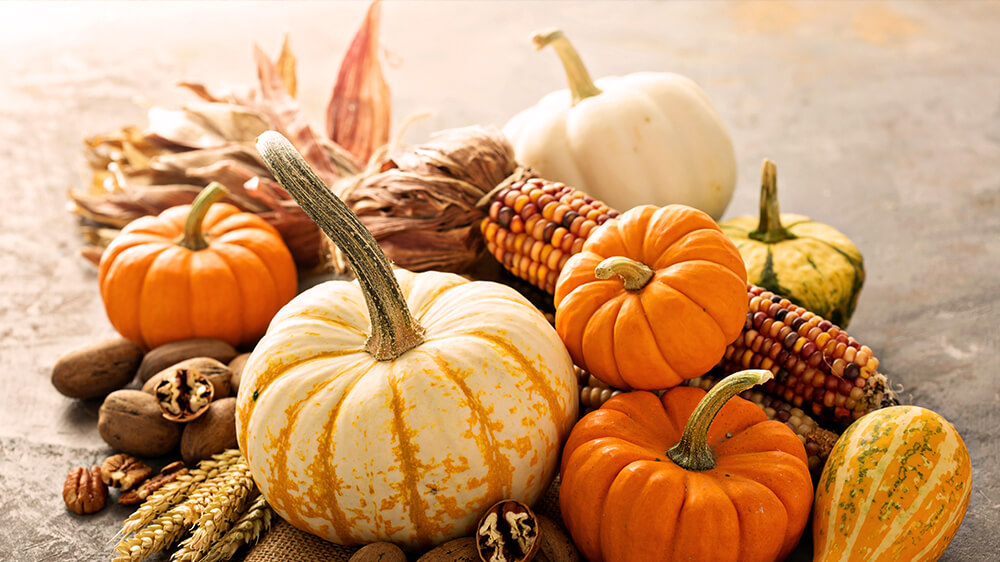The ten best recipes with pumpkin
Pumpkin is versatile and allows countless preparations: from raw to an ingredient in stews and desserts and even a smoothie, so that the little ones at home can deliciously eat vegetables.
Enjoy these ten recipes with pumpkin from Soy Como Como:
Steamed sea bass with pumpkin, carrot, and croissant crumble by Quim Casellas.
Pumpkin Cream, Red Lentils, and Ginger by Montse Vallory
Millet Cauliflower Pie with Pumpkin Cream by Montse Vallory
Pumpkin bread by Gina Estapé
Pumpkin with spicy tahini sauce by Cristina Arroyo
Pumpkin stuffed with vegetables and nutritional yeast by Núria Roura
Brussels sprouts with pumpkin and sweet potato puree and crunchy pomegranate by Gina Estapé
Hot Pumpkin Nut Ravioli by Chef Bernard Benbassat
Pumpkin ravioli with tomato heart by Consol Rodríguez
Cold Pumpkin Curry by Mireia Galtés
Everything you shouldn’t forget about pumpkin
Pumpkin is a fruit that we can use as a vegetable in many dishes during autumn and winter. Thus, we can enjoy all its vitamins, minerals, and antioxidants, which protect us against infections, vision problems, cancer, cardiovascular risk, among others.
How to eat pumpkin seeds
You already know everything about pumpkin seeds: properties and contraindications, so let’s see how to make pumpkin seeds. The best way to eat these seeds is to eat them raw. You can extract them directly from the vegetable, eat them with or without the shell, or buy them from a trusted herbalist. In the supermarket, they usually sell only roasted and salted pumpkin seeds.
If you want to cleanse the body, it is ideal for eating them on an empty stomach or accompanying your main meals. However, you must be careful not to overeat. How many pumpkin seeds can you eat per day? Eating about 20 grams three days a week will be enough to benefit from all its properties.
Also, if you want to give your breakfasts and meals a more intense flavor, you can eat the toasted pumpkin seeds. We tell you how to toast pumpkin seeds step by step:
Boil the peeled pipes in water for 10 minutes.
Preheat the oven to 200 degrees while the seeds are cooking.
Then, remove the seeds from the heat and drain the boiled water until the pipes are dry. Please put them in a mold and bake for 20 minutes.
Many people add olive oil, caramel, or other natural additives to consume pumpkin seeds for dessert because, thanks to their exquisite flavor, they complement any menu wonderfully.
Finally, you should know that pumpkin seeds are also used as a seasoning. In this case, it will be enough to crush the previously roasted seeds into a powder and then sprinkle the final product over broths, stews, or salads. In addition, its oil is highly appreciated. In this other article, we tell you How to make pumpkin seed oil.
The variety of products that have been developed based on pumpkin includes desserts, coffee, and a variety of main dishes. But you must be careful, and it does not mean that they are healthy. These can have a high content of sugars, additives, and preservatives, leaving aside pumpkin’s nutrients for our body.
If you are looking to use pumpkin during this time, you should know the benefits it has for
Your Health; It is important to emphasize that you benefit from it if you use it in its natural form:
Low-calorie intake: Pumpkin contains hardly any calories, about 15 calories per
each cup.
Source of minerals: It is high in potassium. In 1 cup of pumpkin, you get 130mg of potassium, followed, although to a lesser extent, by calcium and phosphorus, magnesium, copper, and
zinc.
Rich beta carotenes and vitamin C: The most significant contribution of pumpkin is vitamin A, the primary source of beta carotenes, essential for the functioning of the immune system. Protects visual health and skin from ultraviolet rays. With 2 cups, the recommended daily intake is covered.
Helps to lose weight:
- Its content is 90% water and high in fiber.
- It makes the pumpkin have effects of satiety when we consume it.
- It keeps us hydrated.
Protects the heart: The potassium, fiber, and vitamin C found in pumpkin make blood pressure stabilize. Potassium also reduces the risk of strokes, as well as protecting muscles from deterioration and
preserve bone and dental health.
Prevents constipation: A large amount of fiber in the pumpkin helps regulate intestinal transit, reducing the risk of constipation and intestinal problems.
Improves the symptoms of diabetes: Reduces the concentration of glucose in the blood and improves the symptoms of diabetes.
What do you think of all the benefits of pumpkin? Eat more pumpkin! Its composition full of nutrients provides health to your body. I will share a healthy recipe with you. Enjoy it!
Recipe
Pumpkin cream
It has few ingredients and is quick to prepare! If you have pumpkin cooked in the freezer, this recipe is perfect for solving a meal in a hurry; it is ideal for people with gastritis problems.
What do I need?
Ingredients:
2 pounds of cooked pumpkin
10 ounces cooked chickpeas
Two tablespoons of Adobo Cryolite
1 tablespoon Criolite Sofrito
1/2 tablespoon ground ginger
One teaspoon dried oregano
One teaspoon “Italian seasoning.”
1-ounce favorite cheese (optional)
1/2 cup favorite milk (optional)
What do I do?
Procedure:
Heat all the ingredients and see yourself in the blender. Milk is optional, and it will depend on how thick you prefer the cream. This recipe is very versatile; you can serve it in several ways:
1. Cream – serve hot and add cheese and coriander to each service.
2. Cold soup – swap the cheese and coriander for plain Greek yogurt.
3. Substitute for coffee or tea- add chicken broth so that it is more blended.
Pumpkin is still in the conquest phase of Spanish households, but all those who try it end up indulging in its light flavor and its very complete nutritional profile. The queen of autumn helps us fight the cold, although it is beginning to be part of more summery dishes and has been sweetening our angel hair all our lives. Originally from Guatemala and Mexico, this superfood arrived in Europe in the first ships that returned from America and are now cultivated in Spain, mainly in the Canary Islands and Andalusia. Close relatives of melon and zucchini, the big producers are China, India, Ukraine, the United States, and Egypt.





